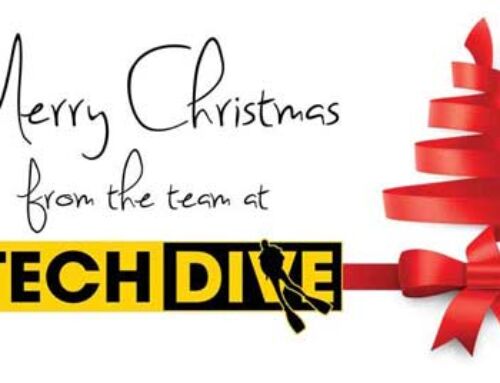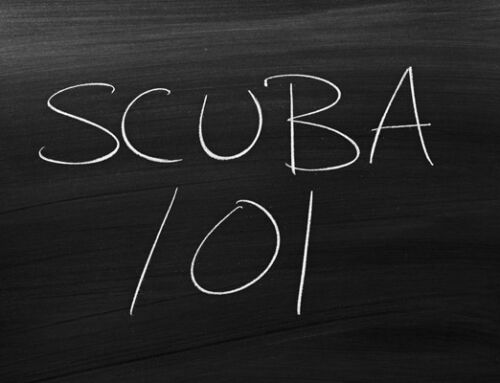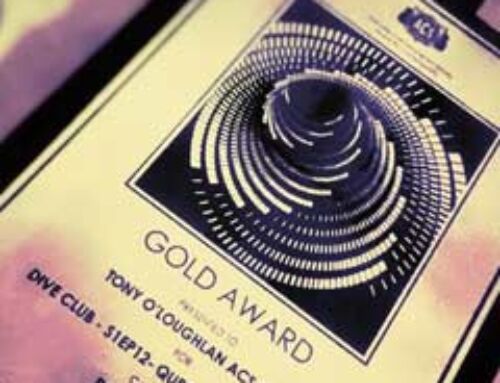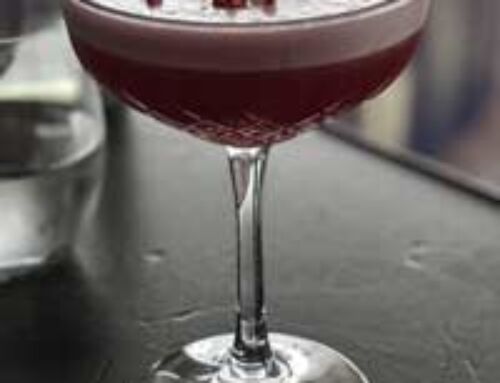
As part of our best practice approach, we are currently reviewing our air purity policy and evaluating new solutions that have been released in recent weeks by companies like Bauer, the famous compressor manufacturer – their BVF product caused quite a stir on social media with the arm chair experts. We’re taking a more scientific approach, and are also assessing solutions from a number of manufacturers.
We currently use SafeAir and Nitrox for recreational use (SafeAir effectively being additionally filtered and ‘dried’ air, still at 21%), and obviously offer blended mixes and CCR O2 fills for specific tech use.
Like all good operators, our air is tested and certified from both our fixed and portable compressors in line with the Queensland requirements – in fact we take a 90 day cycle testing approach across all compressor equipment using Kitagawa testing technology from Japan.
Our key systems will be receiving a BVF type upgrade, once the evaluation of the different technology options has been completed – most likely using an o-zone free inactivation treatment for virus control. This is easy enough for our fixed installation compressors (warehouse and 20ft container temp site solutions), we’re currently looked at engineered solutions for portable compressors like the Bauer Juniors etc, and it is possible we may well move away from Portable systems in the future where possible, and utilise our alternate ‘portable’ banked air (a generous use of the term portable!) much as we do for temporary on-site installations of decompression chambers on commercial dive sites – these often involving 36 x G cylinders banked together in racks of 12, and the obligatory fork lift to move it all. Fortunately we envisage 2-3 Banked G’s would be sufficient for many current remote diving application such as inland caves etc (a G cylinder is 50L with a working pressure of 300 bar as a reference point).
In our typical system, in-take air is filtered to remove dust, pollen and so forth before entering the compressor, there is then further filtering and ‘dried’ (refrigeration dryer technique) to reduce the moisture content due to the humidity in the Far North (vital when making Mixed Gas in particular) before arriving at our panel (for mixing) where it can be banked (storage cylinders) or direct filled into dive tanks. Our system includes a membrane which allows us to produce up to 36% EANx (nitrox) directly out of the system, without the need for partial blending. We also electronically monitor the incoming air for Carbon Monoxide, using a product called CO Clear by Analox, which provides both an audible/visual alarm and an auto-shut down of the system.
As to the removing of viruses (not just potentially Covid-19) – What the Bauer B-Virus Free system does for example is add a UVC radiation source between the initial air intake, and the compressor. UVC is well known for its ability to break the bonds in pathogens – whether it be bacteria, moulds, RNA in virus etc. Their system includes a Visual/Audible controller to allow you to manage the process.
Some commentators have written that due to the high temperatures air reaches at the various stages inside a compressor that any virus would be killed, however some quick research shows that this is likely not the case as compressors are not reaching anywhere near those kind of air temperatures required.
The good news is the UVC technology is well established, being widely used in Hospitals, the Airline Industry and many others, is “relatively” cheap and could be retrofitted onto most if not all systems.
We’ll keep you posted on the outcome.
Happy Diving.
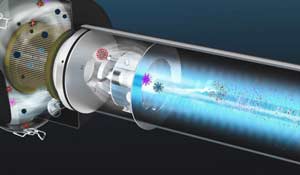
Bauer’s B Virus Free rendering

